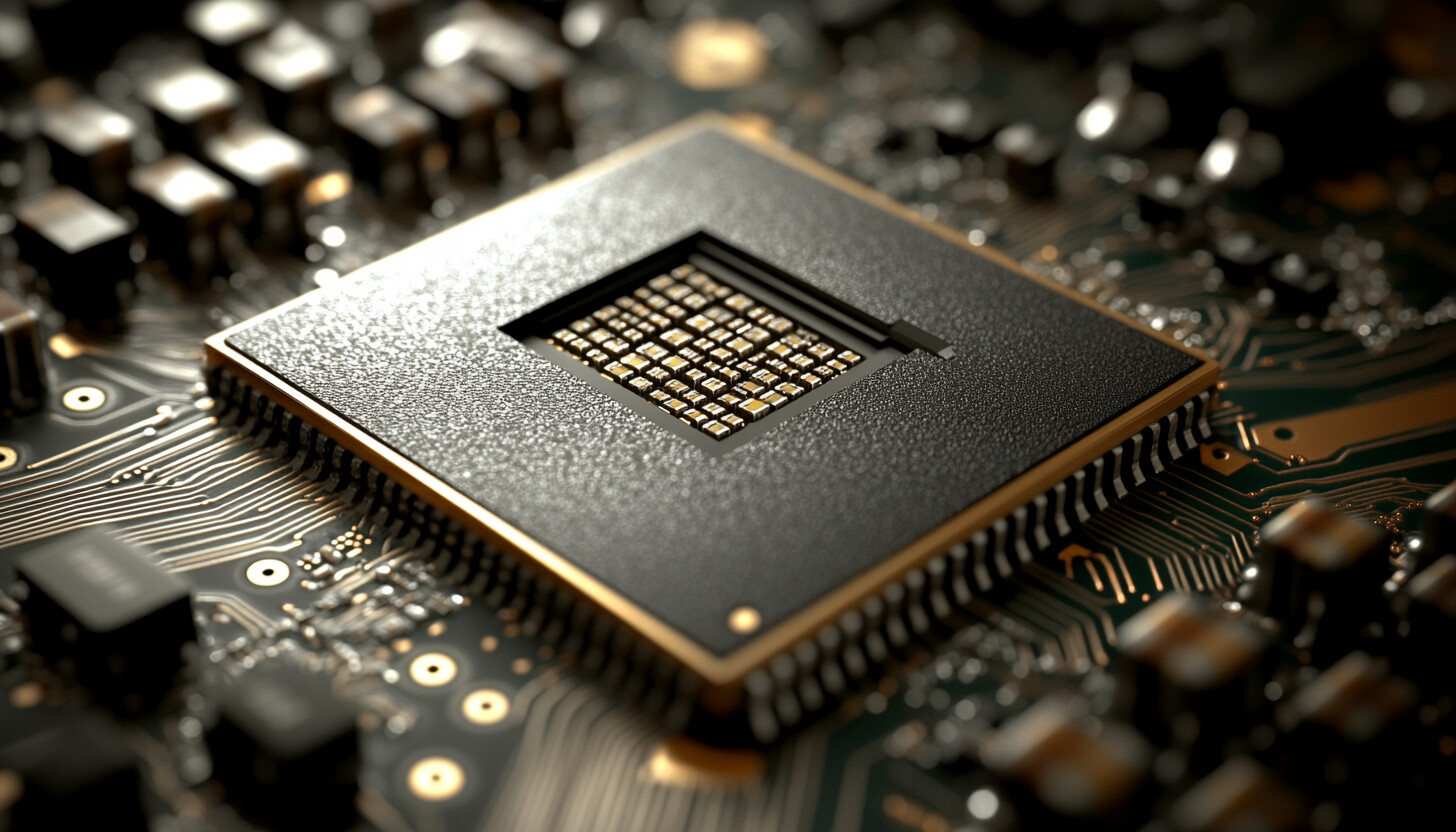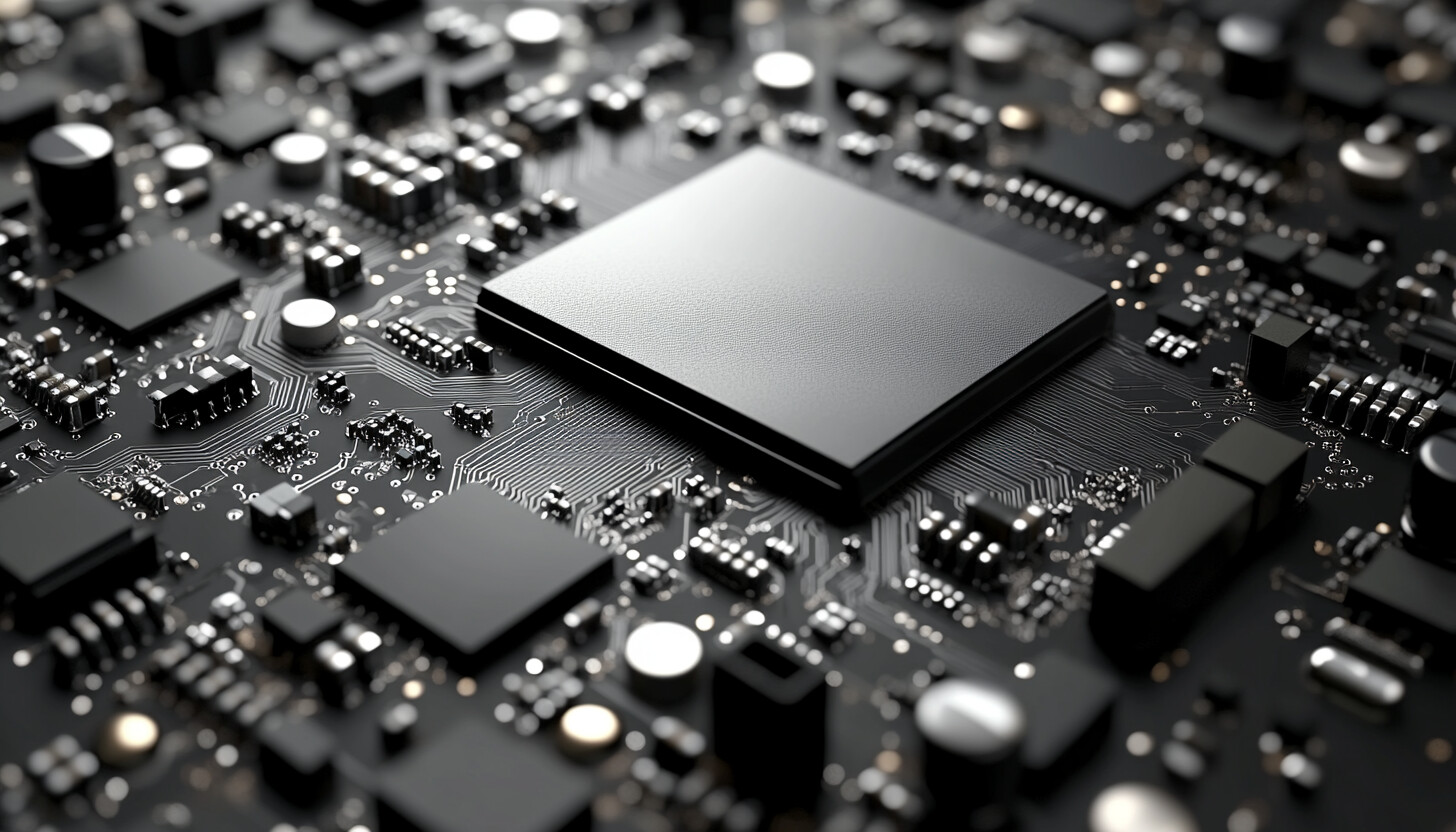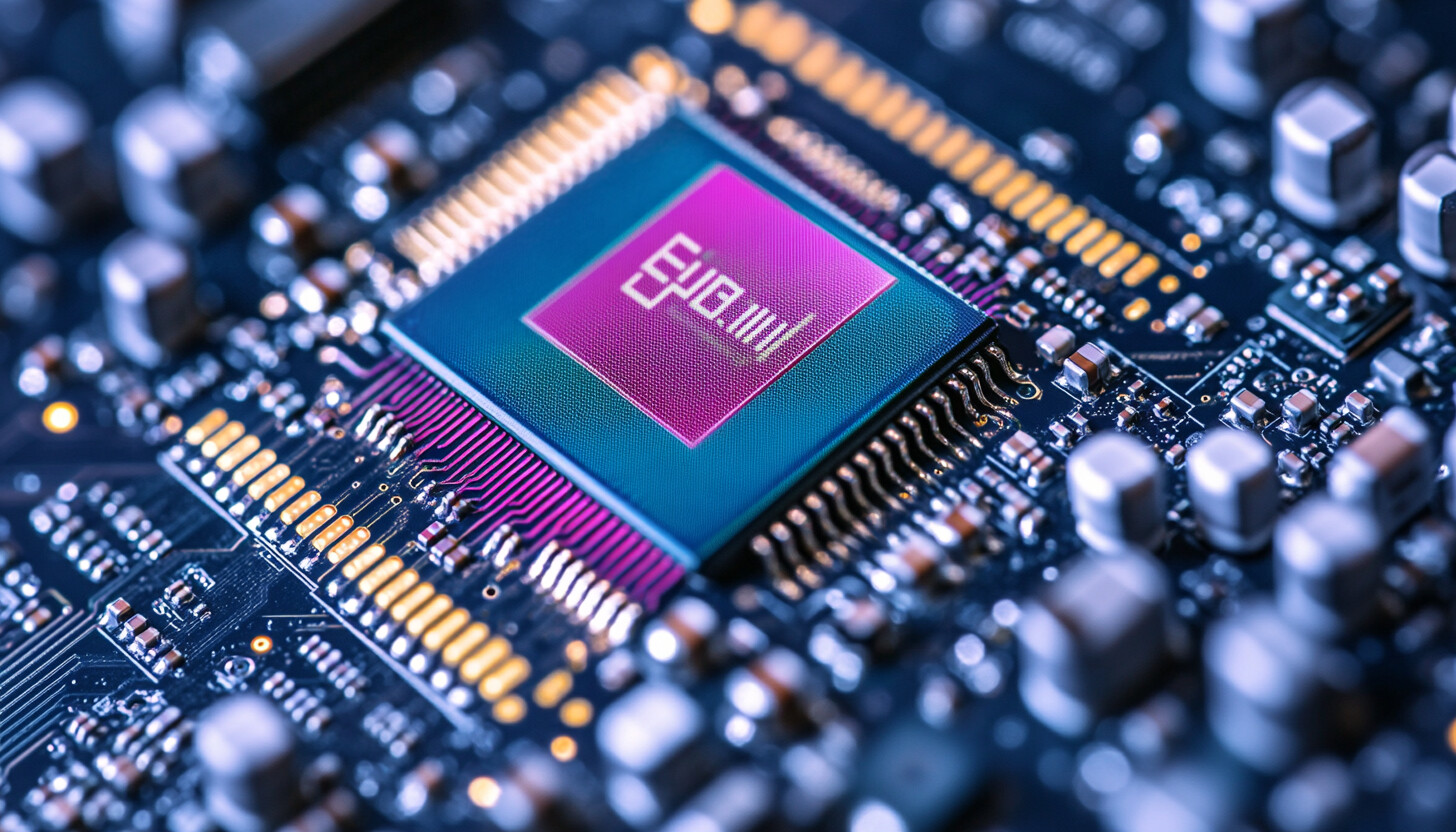Microsoft Projects No Chip Supply Constraints in 2024
Microsoft's CEO Satya Nadella foresees an end to chip supply issues in 2024, with further improvements expected in 2025 and 2026, impacting Nvidia and AI markets.

Microsoft and Nvidia: A Shift in Chip Supply Dynamics
In a surprising turn for the semiconductor industry, Microsoft CEO Satya Nadella has announced that Microsoft faced no chip supply constraints in 2024. This development comes as a relief amidst ongoing concerns about semiconductor shortages impacting tech giants worldwide. The announcement also hints at improved conditions in 2025 and 2026, potentially signaling a new phase for companies heavily reliant on advanced chips.
Background and Context

- Semiconductor Shortages: Over the past few years, semiconductor shortages have disrupted industries globally, driven by surging demand for AI technologies and pandemic-induced supply chain issues.
- Nvidia’s Role: Nvidia, a leader in AI chip production, has been at the forefront of meeting the unprecedented demand for GPUs, which are essential for AI applications.
- Broader Market Trends: The chip shortage has affected multiple sectors, from automotive to consumer electronics, highlighting vulnerabilities in the global supply chain.
Key Developments
- Microsoft’s Position: Satya Nadella revealed that Microsoft is not currently constrained by chip supply, thanks in part to strategic planning and partnerships. This statement has impacted Nvidia's stock, which has declined by 17% since November due to perceived easing of the chip frenzy.
- Nvidia’s Market Dynamics:
- Despite recent declines, analysts like Dan Ives from Wedbush suggest Nvidia’s stock dip is temporary, emphasizing strong future prospects in AI.
- Nvidia remains a dominant force in AI server chips, with significant revenue expectations but faces competition as other players ramp up production.

Consequences and Implications
- Market Reactions: Following Nadella’s comments, Nvidia shares fell by 7%, reflecting market sensitivity to shifts in chip demand and supply dynamics.
- Investor Concerns: Investors are recalibrating their expectations for Nvidia amidst signals that supply might be catching up with demand.
- AI Infrastructure Challenges: High-bandwidth memory (HBM) shortages continue to present challenges for AI infrastructure buildouts, with suppliers like SK Hynix reaching capacity limits.
Expert Analysis

- Dan Ives, Wedbush Analyst: Suggests Nvidia’s current decline is an opportunity for investors to buy into long-term growth prospects tied to AI advancements.
- Benjamin Lee, University of Pennsylvania: Highlights ongoing bottlenecks in high-bandwidth memory, crucial for GPU performance, indicating potential future constraints despite easing GPU shortages.
Responses and Future Outlook
- Supply Chain Adjustments: Companies like Nvidia are expanding production capacities to address bottlenecks and meet ongoing demand.
- Strategic Shifts: Players in the AI chip market are diversifying their supply chains and enhancing production capabilities to avoid future constraints.
- Long-term Trends: As semiconductor supply stabilizes, the focus may shift towards innovation and efficiency in AI applications.
In conclusion, while Microsoft’s lack of chip constraints marks a positive development, the semiconductor industry continues to grapple with complex supply-demand dynamics. The implications for companies like Nvidia are significant as they navigate market fluctuations and prepare for sustained AI-driven growth. As we look ahead, stakeholders will be keenly observing how these shifts influence broader market strategies and technological advancements.